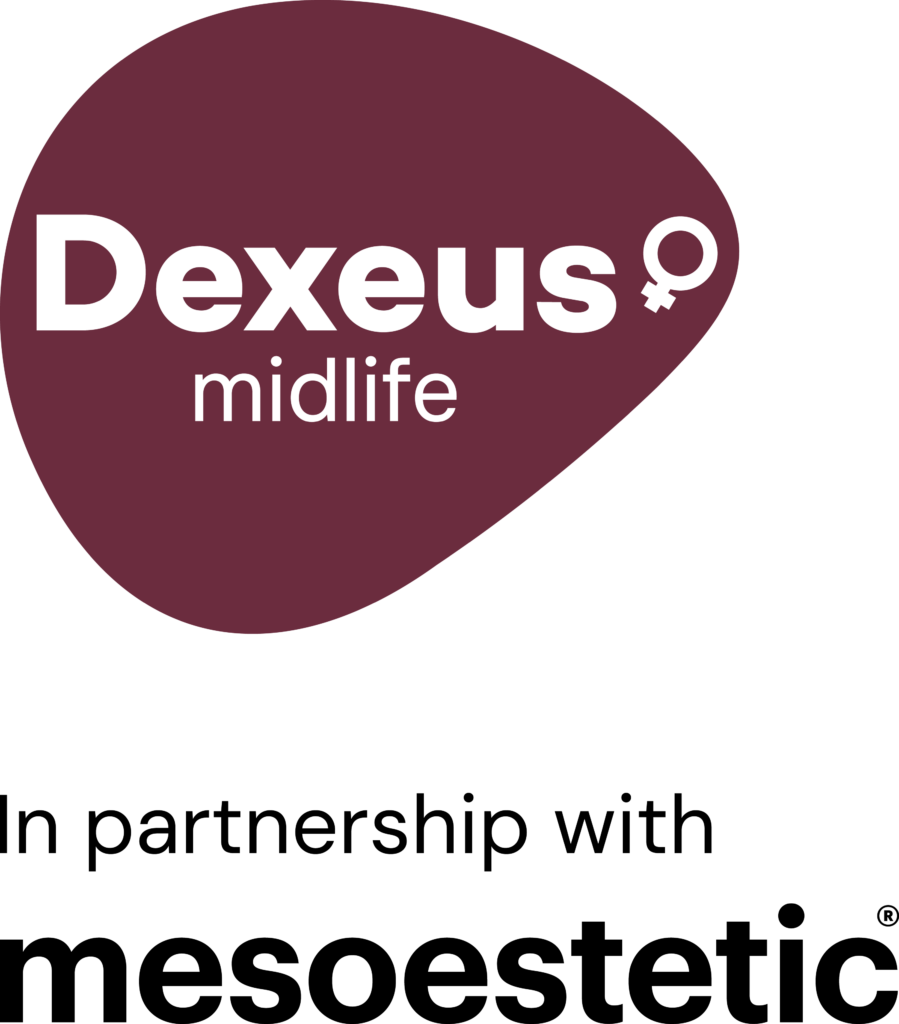Functional Magnetic Stimulation (FMS) is a very comfortable, painless and effective therapy to tone the muscles of the pelvic floor. It consists of using electromagnetic fields of different intensity to restore cell balance.
Our body’s cells generate electrical impulses to carry out various functions. The FMS acts on that biochemical activity when cells are damaged, favouring vasodilatation and the provision of nutrients at local level.
It can be useful for treating mild to moderate urinary incontinence and mild prolapse resulting from weakness of the pelvic floor muscles, or for treating lack of vaginal tone after pregnancy, childbirth, surgery in the urogenital area or menopause. However, each case must be assessed beforehand and the treatment must always be prescribed by an expert.
What it is
The patient only has to sit down without getting undressed in a comfortable armchair connected to an adjustable programme and adapted to the treatment to be applied in each case. The programme starts the emission of electromagnetic pulses of different frequency that automatically tone the muscles of the pelvic floor.
- Personalised diagnosis
The treatment programme is chosen with an individualised diagnosis for each patient.
- Sessions
Sessions usually last between 20-30 minutes and two or three sessions can be done each week, although if associated with vaginal laser treatment a weekly session could be held.
- Duration
The duration of treatment varies depending on the patient’s progress.
- Recovery
It is a non-invasive, painless treatment with no known side effects.
Who is the treatment intended for?
- Mild urgency, mixed or stress urinary incontinence and mild faecal incontinence.
- Lack of vaginal tone after pregnancy, childbirth, surgery in the urogenital area or menopause.
- Mild prolapse.
- Helps speed up rehabilitation after surgery in the urogenital area.
Expected outcomes and benefits
The results depend on each case and on the patient’s progress. In general, positive changes can already be noticed after the first three sessions.
- Outpatient treatment.
- Non-invasive.
- The patient can walk without difficulty after the treatment.
- High rate of success and satisfaction.
- No preparation required.
FAQs
How many magnetic stimulation chair sessions are usually carried out on average?
Between 12 and 16 sessions are typical. However, it depends on each case and whether it is associated with any other regenerative treatment.
Can you feel the contractions?
Yes. During the stimulation, the patient is aware of the pace of muscle contractions, although they are very soft and the pace is gradually adapted. This can be useful and serve as a guide for doing exercises at home if recommended by the professional. It also acts on the muscles of the lumbar region which are connected to the pelvic floor, which means it can also improve lower back pain.
Are there any side effects or contraindications to treatment with a magnetic stimulation chair?
It has no known side effects. t is only contraindicated in the event of pregnancy and when there are muscle contractures due to muscle hypertonia, which may occur naturally.
Is it an alternative to pelvic floor physiotherapy?
No. This technique has long been used as a supplementary aid to treat mild urinary incontinence problems. But it does not replace physiotherapy and has some contraindications, so it should only be applied under medical indication.
Discover the experiences of our patients
I recommend it 100%
“Lorem ipsum dolor sit amet, consectetur adipiscing elit. Curabitur consectetur euismod tellus, vel pretium nulla. Vestibulum lobortis venenatis erat vel rhoncus. Phasellus volutpat tortor vitae nisl pharetra tristique. Sed ac nisi congue, posuere felis tincidunt, consequat risus. “
Carmen Rodríguez, Barcelona
Related treatments
Functional recovery laser treatment
Functional recovery laser treatment
Laser treatment induces a regenerative response at the cellular level that favours the synthesis of collagen and vascularisation of tissues,...
Read moreVulvovaginal hydration
Vulvovaginal hydration
Treating the genital area with hyaluronic acid is one of the techniques we can use to hydrate the vulvovaginal area...
Read moreBio-regeneration with platelet-rich plasma (PRP)
Bio-regeneration with platelet-rich plasma (PRP)
Platelets are cell fragments present in blood plasma that naturally activate tissues' regenerative capacities. Therefore, they are used for therapeutic...
Read moreCarboxytherapy
Carboxytherapy
It consists of the infiltration of carbonic anhydrase (CO2) in tissues to promote an increase in blood circulation and to...
Read moreFat grafting
Fat grafting
It is applied in the urogenital area to stimulate tissue regeneration. It improves hydration, tone and lubrication of the vulvovaginal...
Read moreRegenerative mesotherapy
Regenerative mesotherapy
It is a medical technique that allows you to take vitamins and active substances through dermis microinjections into the skin...
Read moreIntimate depigmentation
Intimate depigmentation
Darkening of the skin in the intimate area in women is associated with ageing. There are minimally invasive solutions that...
Read moreLabiaplasty
Labiaplasty
It is a surgical procedure performed to reduce, reshape or correct asymmetries in the labia majora or labia minora of...
Read morePelvic floor physiotherapy
Pelvic floor physiotherapy
Hormonal changes and posture have an impact on the pelvic floor muscles. Often it is not seen or noticed until...
Read moreRadiofrequency
Radiofrequency
Radiofrequency is a cell activation therapy that stimulates the formation of collagen and elastin and increases blood flow, which makes...
Read more
